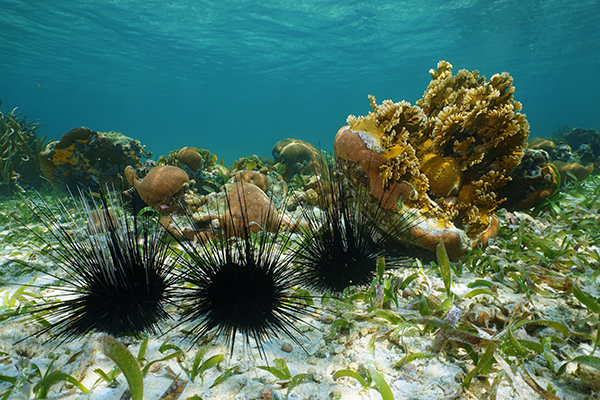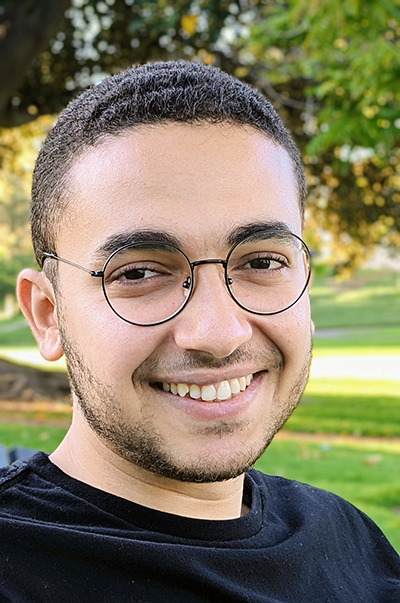Engineers Find Sea Urchin Navigation Technique Could Apply to Microrobots

Feb. 14, 2023 - Sea urchins reproduce externally by releasing clouds of eggs and sperm into open ocean waters. The sperm cells don’t just get lucky by bumping into an egg. With a superb sense of direction, they deterministically follow the scent of a sperm-activating peptide secreted by the eggs.
In a recent study, UCI Samueli School engineering researchers have discovered that the sea urchin sperm’s specific navigational technique is an implementation of a real-time computer search optimization process called extremum seeking. They built a mathematical model of the sperm’s pathway to better understand this behavior. Their findings could potentially help researchers design microrobots with the same ability to follow cues, perhaps, for example, from an infected cell to deliver a targeted drug therapy. The study was published in the journal Physical Review E.

“With no global positioning information, these sperm cells must quickly navigate a noisy environment to find an egg within a short time frame,” said Mahmoud Abdelgalil, UCI graduate student who is studying mechanics, dynamic systems and control theory in the lab of Haithem Taha, associate professor of mechanical and aerospace engineering.
In his study, Abdelgalil showed that the sperm cell, with no instinctual knowledge of where it was in relation to the egg, reacted in real time to the dynamic local concentrations of the chemical that was being emitted from the egg.
Extremum seeking is a real-time optimization control algorithm that drives a dynamical system toward the optimum (or extreme value of) performance. It is used by engineers to program technologies that help steer or direct systems for maximum function. This simple robust approach could enable autonomy in microrobots, which because of their miniature size face constraints on sensing, actuation and computing capabilities.
“The direct application of this finding would be in bioinspired algorithms that require minimal sensory capabilities, making them suitable for miniaturized robots and robots that do not have access to global position information,” said Abdelgalil.
Taha notes that this novel connection between mathematical control theory and biology made by Abdelgalil benefits both disciplines. “On the biological side, such a connection sheds light on the dynamics of the signaling pathway in the sperm cell,” explained Taha. “On the other hand, the biomechanics problem posed a new fundamental question in mathematical control theory that urged Mahmoud to develop novel averaging analysis techniques. It is a true model of multidisciplinary research."
– Lori Brandt
